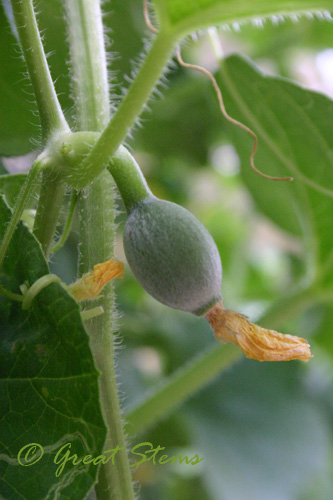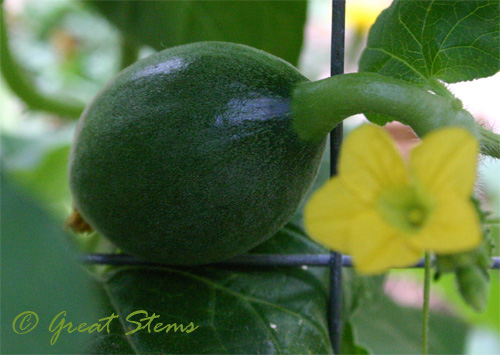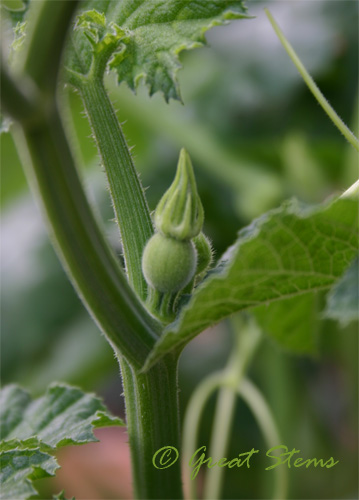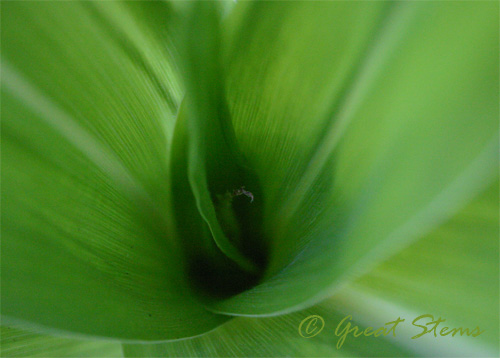Didn’t sleep well last night, had to drop a kid off at school at 7am, car broke in the bus lane at school (fortunately I got moving before the buses arrived), $700 repair fee at the dealer, forgot to get my husband to move the heavy birdbath so I could grout it, my dogs are wreaking havoc on my garden, and aphids are wreaking havoc on my plants. BUT.. other than that it’s a fine day.
Look what I discovered this morning! Know what these are? I just learned what they are at a lecture by a local entomologist last night, and lo and behold I found some in my garden the very next day. Life works in funny ways, doesn’t it?
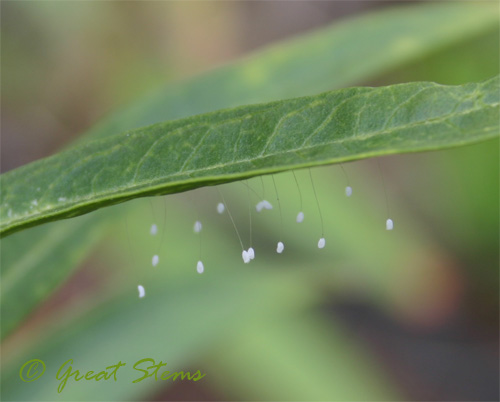 These are the eggs of green lacewings. As larvae, they are voracious aphid eaters. Yay, another ally in the garden! I need them because the aphids are worse than ever. I seem to have least three species now — I’ll call them green, yellow, and beige. The green I’m sure are corn leaf aphids. I have got to get out and tackle them TODAY. My veggies, my milkweed, and now my firebush plant are all having an aphid problem. The little pests took advantage of my time away from the garden during the rainy week and bred like rabbits. I’m starting to think that it’s the other way around, and rabbits breed like aphids. Today I’m seeing wings on some. Gah, more colonization!
These are the eggs of green lacewings. As larvae, they are voracious aphid eaters. Yay, another ally in the garden! I need them because the aphids are worse than ever. I seem to have least three species now — I’ll call them green, yellow, and beige. The green I’m sure are corn leaf aphids. I have got to get out and tackle them TODAY. My veggies, my milkweed, and now my firebush plant are all having an aphid problem. The little pests took advantage of my time away from the garden during the rainy week and bred like rabbits. I’m starting to think that it’s the other way around, and rabbits breed like aphids. Today I’m seeing wings on some. Gah, more colonization!
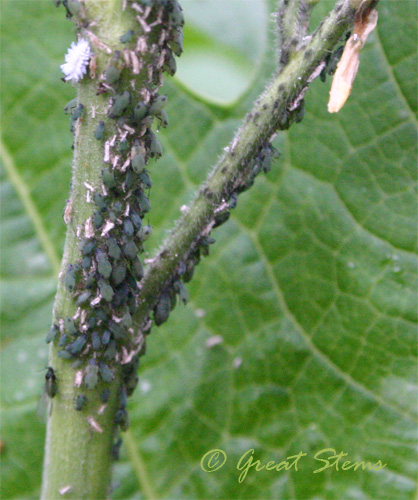
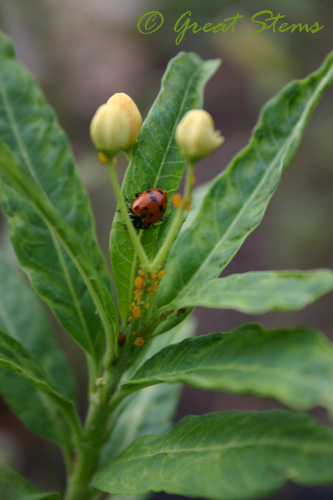 So I’ve got new lacewings arriving soon, and of course I’ve got ladybugs. More spiders are arriving, as are earthworms. The bees are getting plentiful, and I don’t even have to do the veggie porn thing to pollinate my plants anymore. I truly love the way nature just naturally (ha) balances its ecosystems. Got organic wastes? Happy earthworms move in. Got flowers? Let’s pollinate. Overpopulation of something? Here come the predators. And here come the predators to eat the other predators. Oh look, birdie treats. And then snakes. And hawks. Whee, life is grand.
So I’ve got new lacewings arriving soon, and of course I’ve got ladybugs. More spiders are arriving, as are earthworms. The bees are getting plentiful, and I don’t even have to do the veggie porn thing to pollinate my plants anymore. I truly love the way nature just naturally (ha) balances its ecosystems. Got organic wastes? Happy earthworms move in. Got flowers? Let’s pollinate. Overpopulation of something? Here come the predators. And here come the predators to eat the other predators. Oh look, birdie treats. And then snakes. And hawks. Whee, life is grand.
I call these my bees because I’m so fond of them, but of course they are wild. They get a little drunk-like in their flying when they are heavily loaded with pollen — it’s fun to watch. The pumpkin flowers were all abuzz this morning with bees about, and as I took pictures, I realized that there was some hostility going on. It seems at least one other colony has found our garden, and apparently different bee colonies don’t play nicely with others.
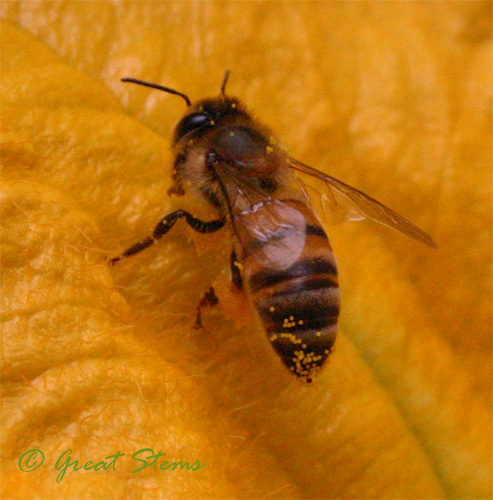
Know what else I learned from the entomologist? Feral honeybees in Texas and other states of the Southwest have all been Africanized in some way. Only beekeepers are able to keep sound European colonies because of their control of the queens.
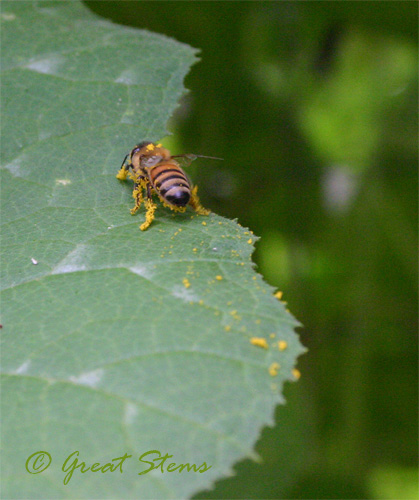
FYI, in case I’ve scared anyone, bees in your garden are not a threat — don’t rush out and kill them, please! They are not in stinging mode when they are out pollinating — that’s quite counter-productive to their hive’s needs. Africanized honeybees, or any bees really, are a danger only when you threaten their hive (allergies aside), and apparently they’ll give a warning by buzzing around your head or actually bonking you on the head, believe it or not. If you find yourself near a wild hive, RUN — don’t walk away. Like fire ants, the Africanized honeybees give word to others in their colony by pheromones, and you need to put immediate distance (at least 200 yards) between you and the hive. Other than their defensiveness in protecting their hive, Africanized bees are not really any different from other bees. And actually there have been positive changes in their aggressiveness, too, depending on factors of colony age and breeding with European bees. It’s all good. No worries. As with anything, just be aware, not necessarily beware. Ooh, I like that.
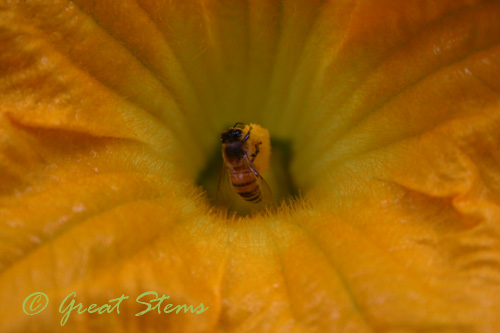
By the way, have you hugged a beekeeper today? Not only do they raise pollinators and help with honey production, they are helping tremendously by keeping domestic European bee colonies intact, as well as helping breed gentler stocks of Africanized bees by culling out aggressive queens. Hug!
Thanks to my bees, I have several pumpkins growing. One is approaching the size of a soccer ball now (it’s been a week since I discovered female buds in bloom). Another is growing in the dead tree. And more are scattered here and there — finding them is like going on an Easter Egg hunt. There’s one! There’s another one! Again, how I love nature.
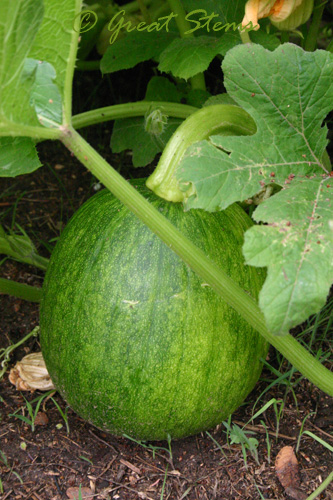
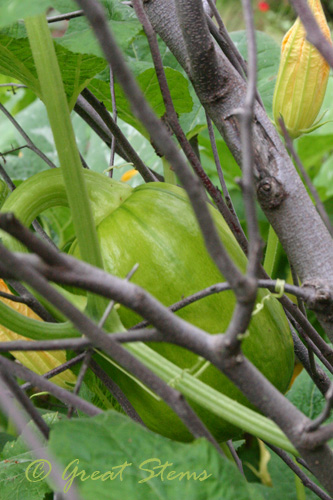 With the rain this week, the yard is a big mudfest for the dogs, and they took advantage of it — digging where they shouldn’t, trampling through the butterfly garden, and taking turns leaping over the pumpkin vines. I’m out there yelling, “This is not your playground!” And then I realized my neighbor must think I’m nuts, because of course it IS their playground. If I can manage it, I’ll try to get a picture of the husky leaping in full gallop over the massive pumpkin plants (in between my yelling at him, of course). It really is a sight to behold.
With the rain this week, the yard is a big mudfest for the dogs, and they took advantage of it — digging where they shouldn’t, trampling through the butterfly garden, and taking turns leaping over the pumpkin vines. I’m out there yelling, “This is not your playground!” And then I realized my neighbor must think I’m nuts, because of course it IS their playground. If I can manage it, I’ll try to get a picture of the husky leaping in full gallop over the massive pumpkin plants (in between my yelling at him, of course). It really is a sight to behold.
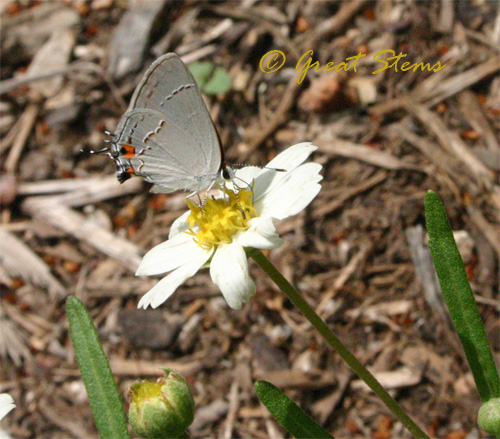
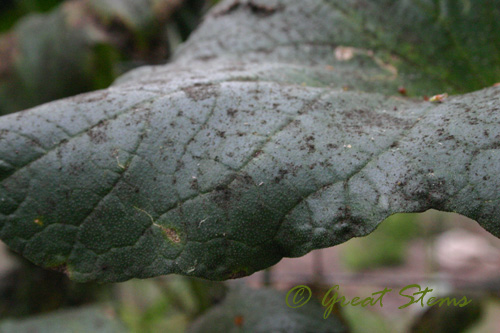
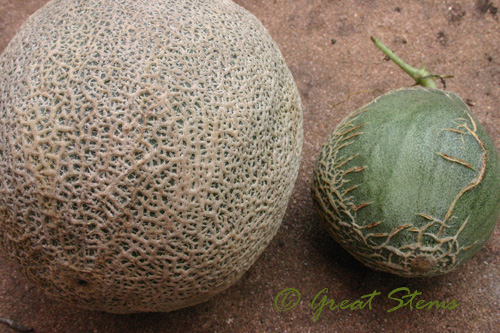
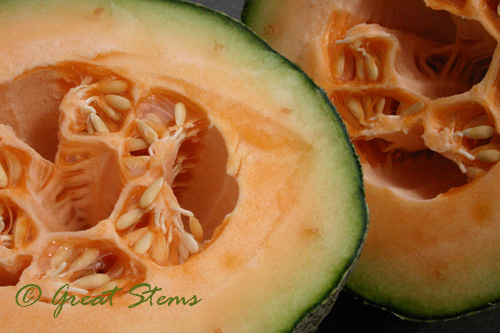 So I began the process of cutting up the fruit for the compost bin. By the way, ever wonder what the inside of a young cantaloupe looks like? Pretty cool.
So I began the process of cutting up the fruit for the compost bin. By the way, ever wonder what the inside of a young cantaloupe looks like? Pretty cool.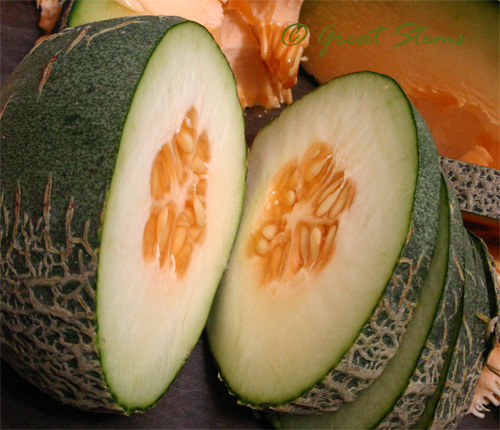
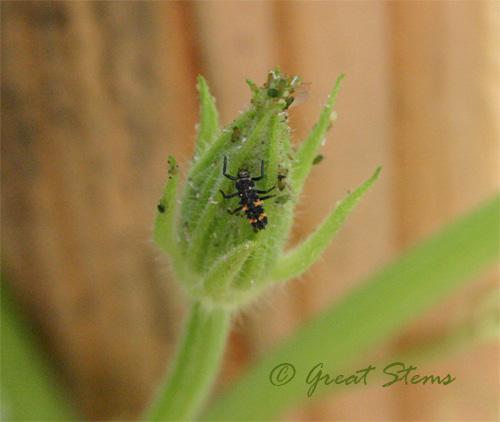
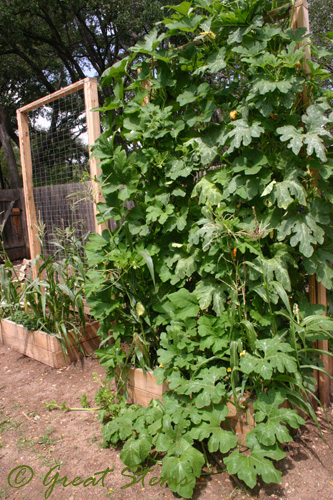
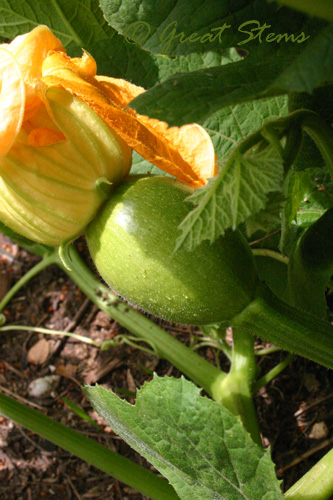
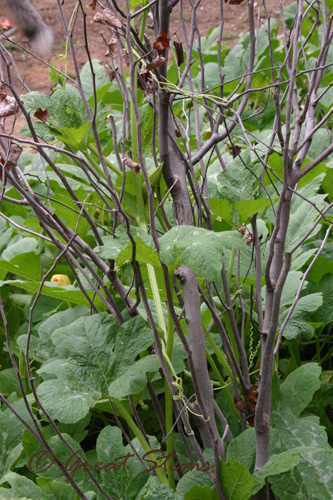
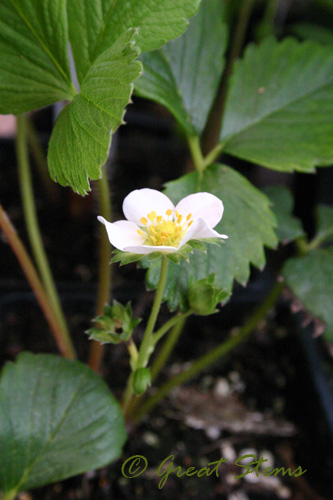

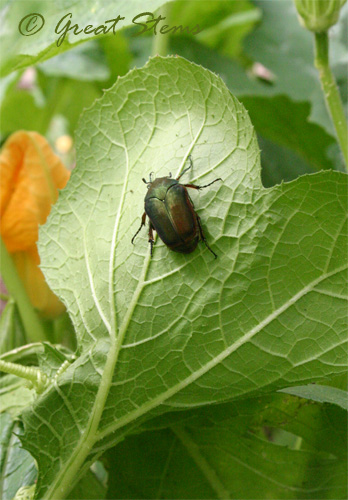
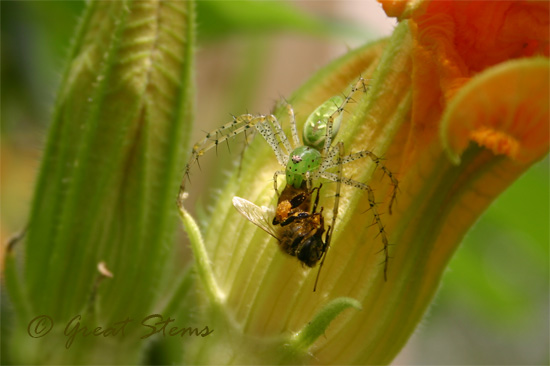
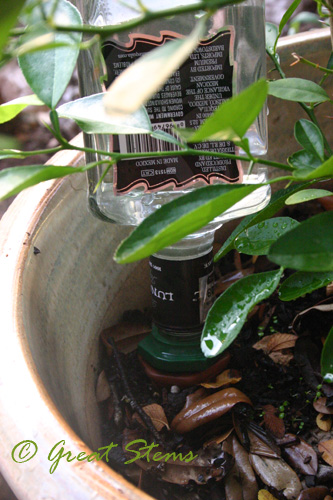
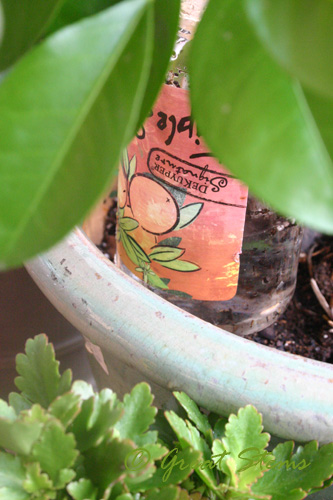 The lime tree should be careful, lest someone think she’s a little tart.
The lime tree should be careful, lest someone think she’s a little tart.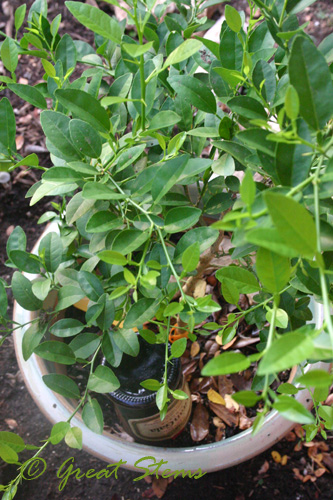
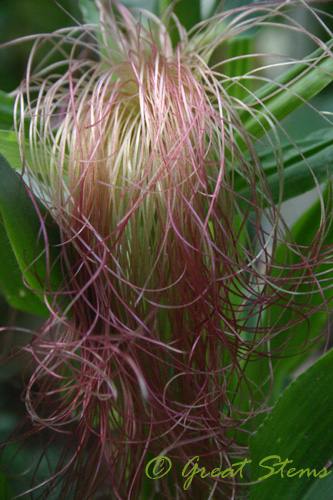
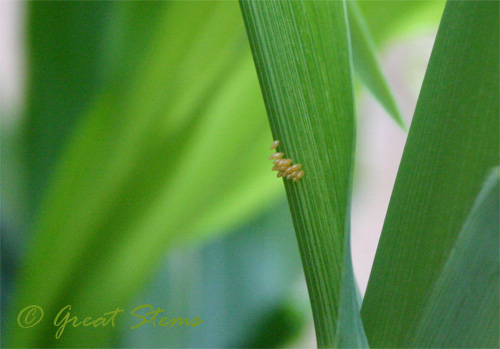
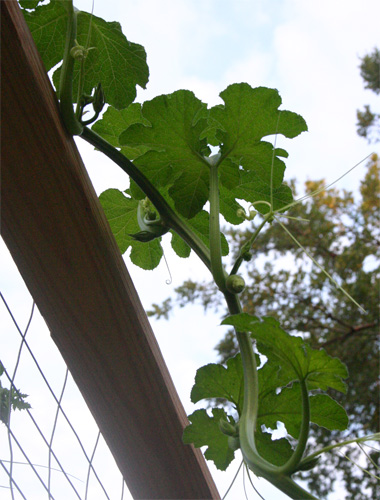
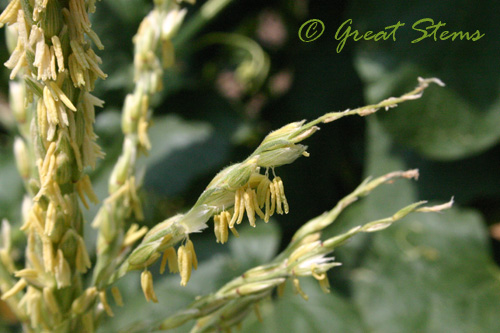
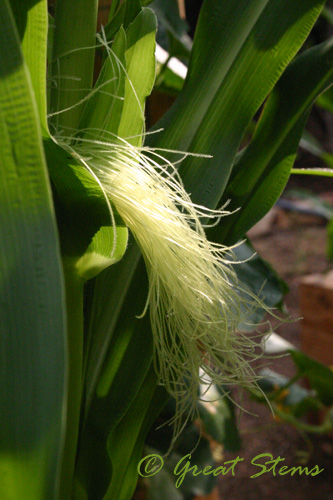
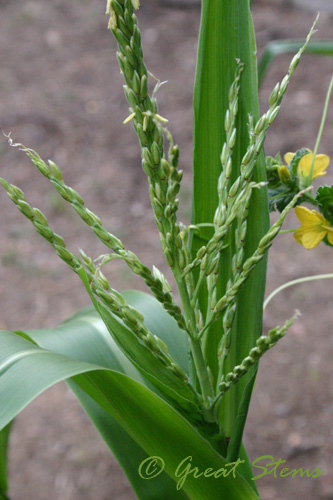
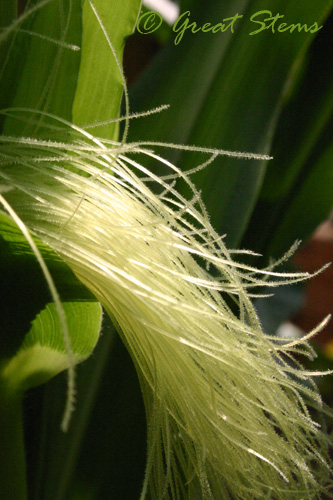
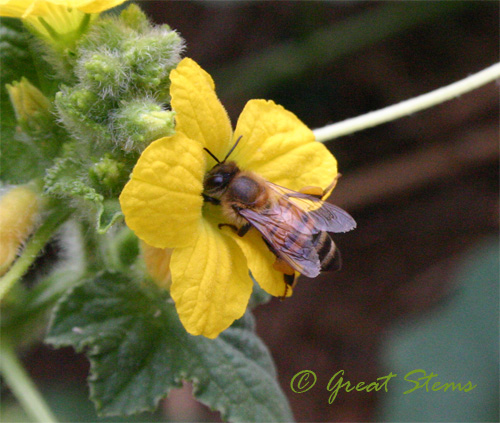
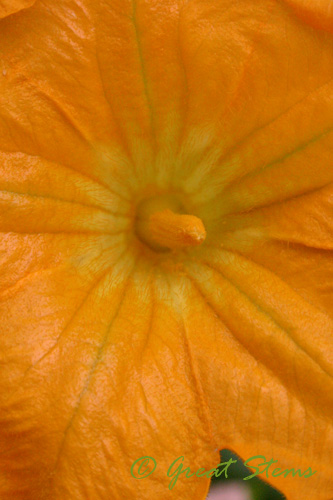
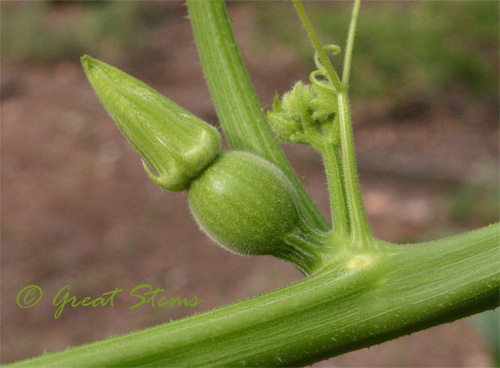
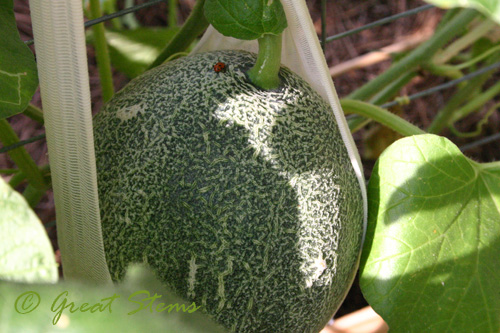
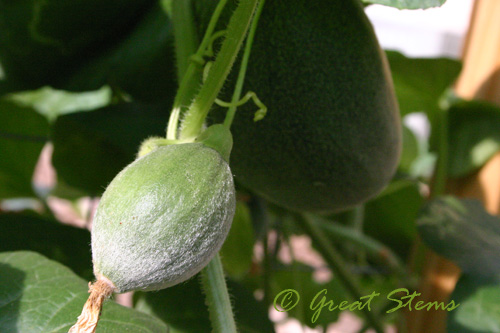
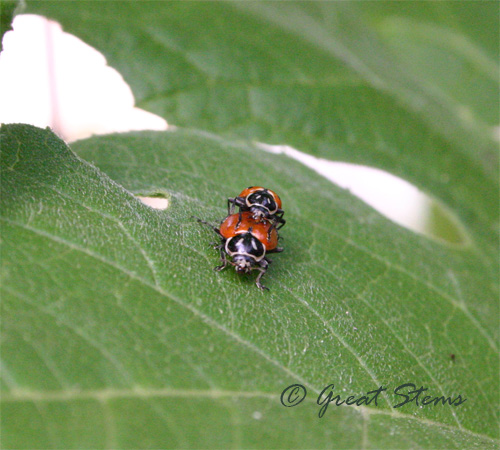
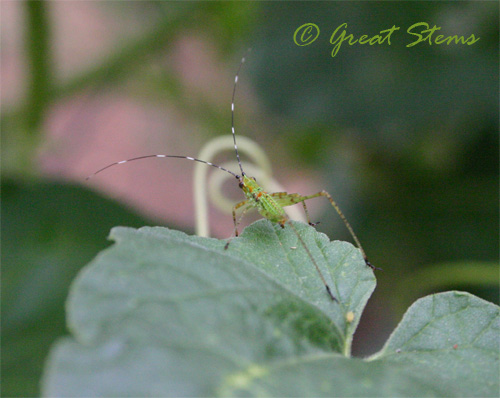
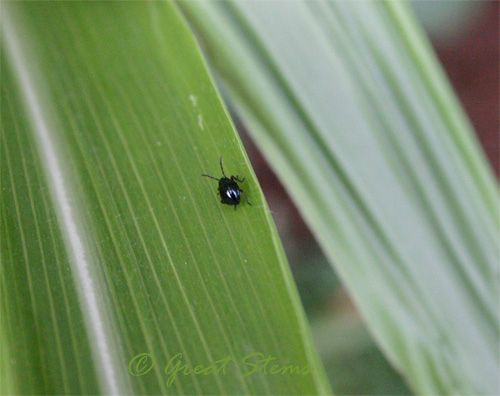
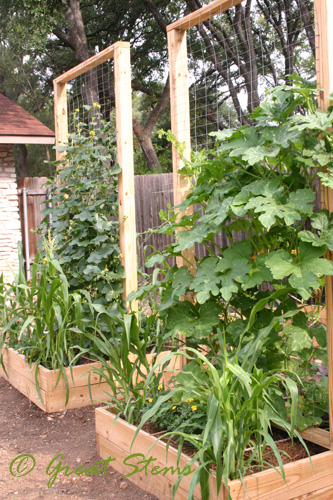
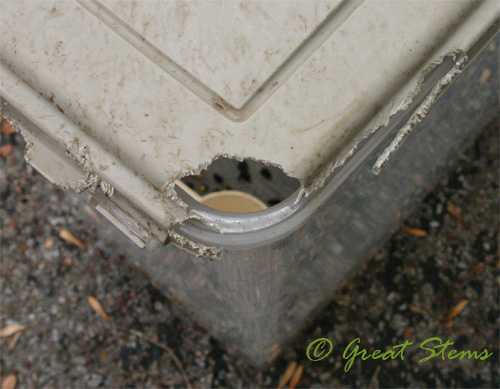
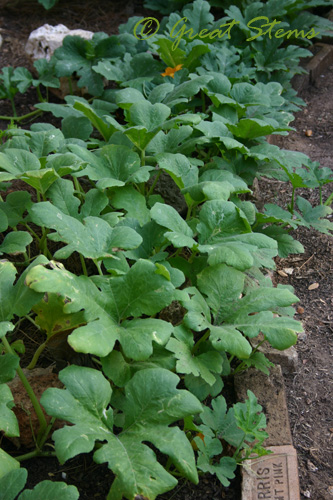
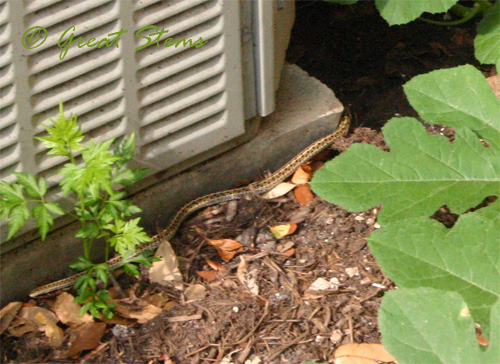
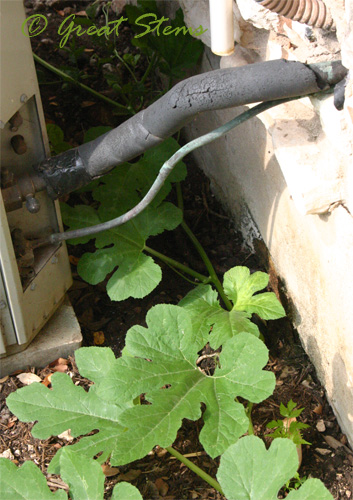
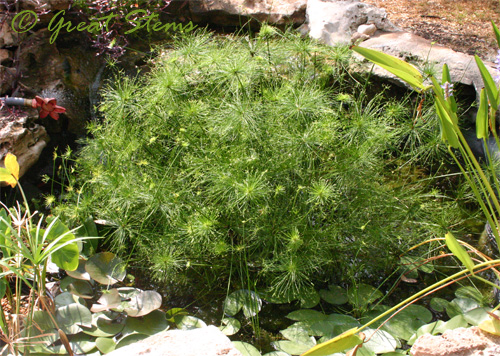
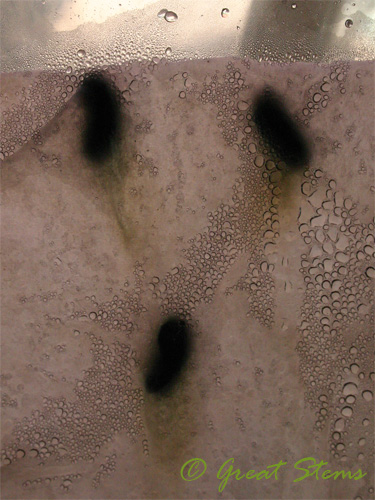
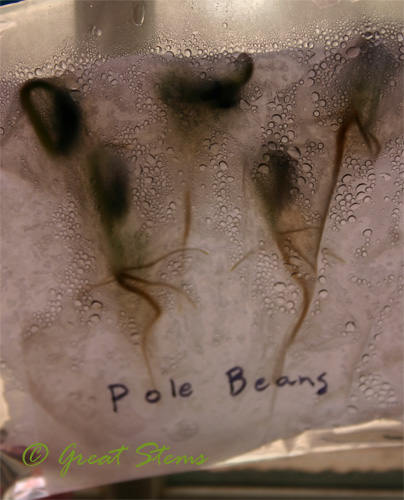
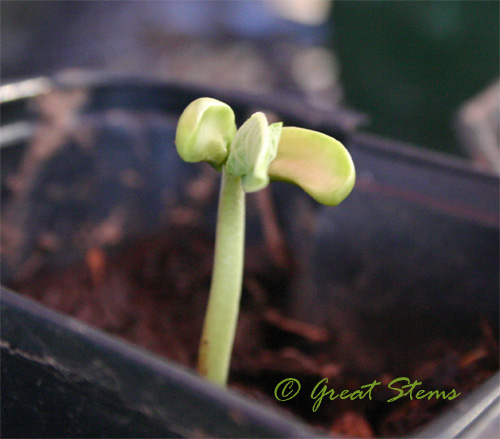 and then nestled in bed…
and then nestled in bed…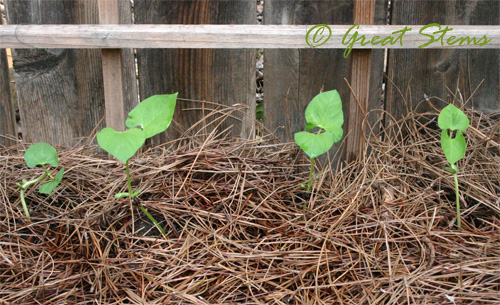
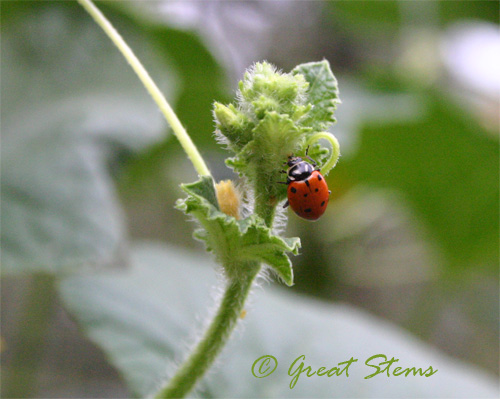
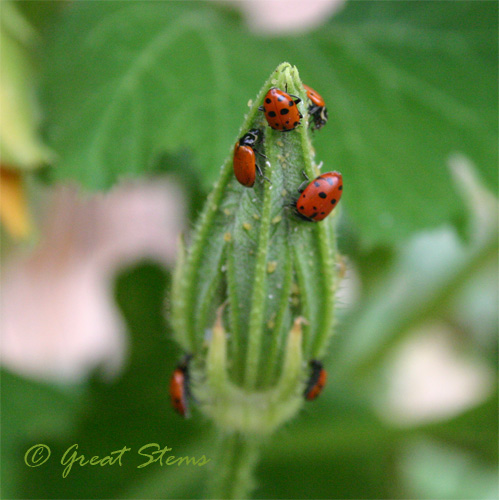
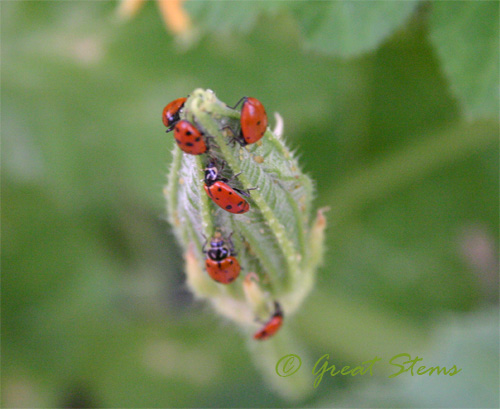
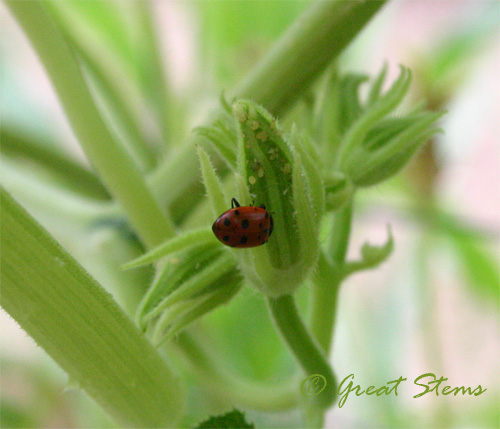
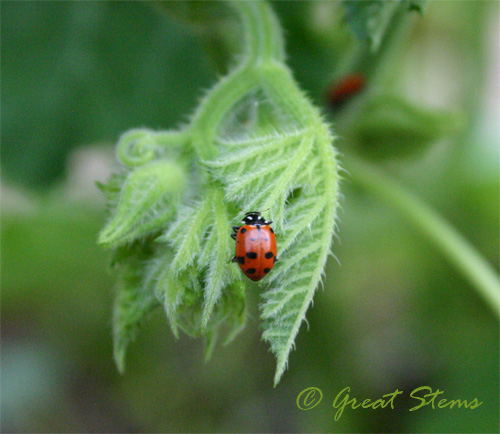
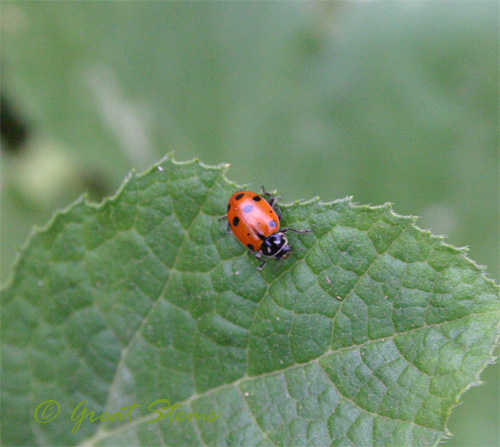
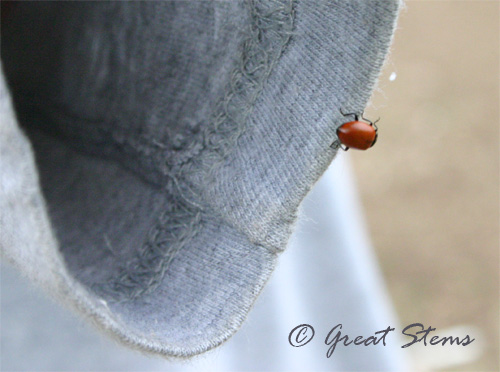
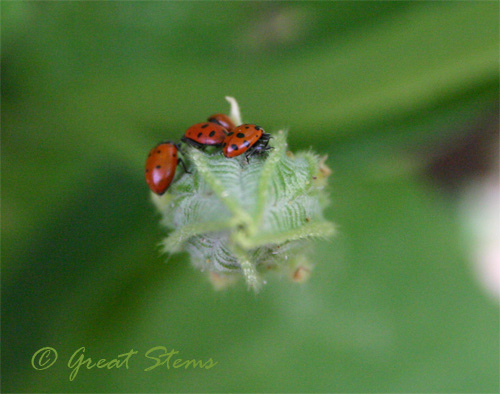
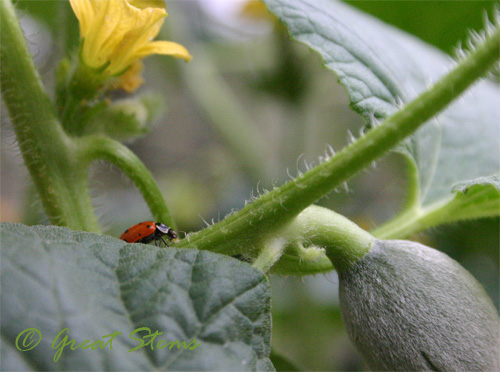
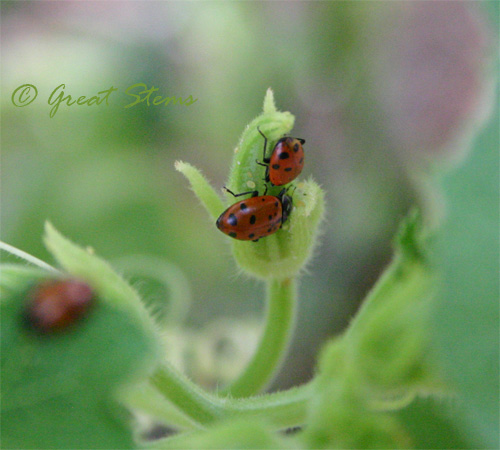
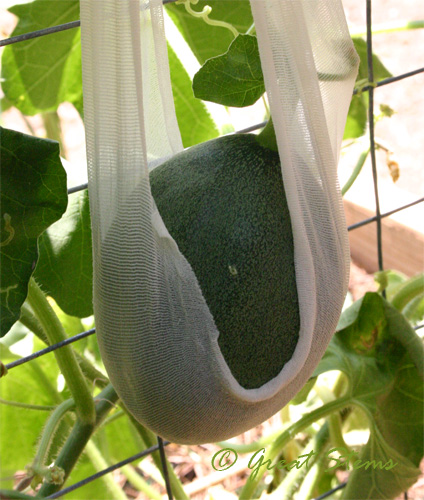
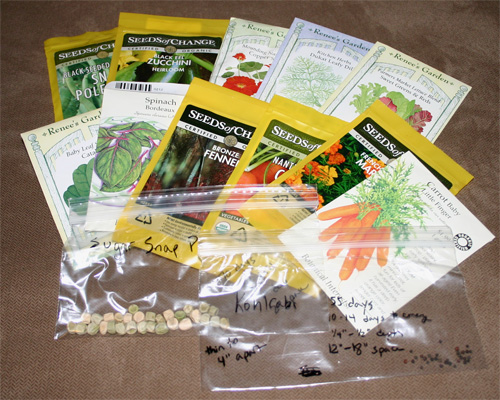
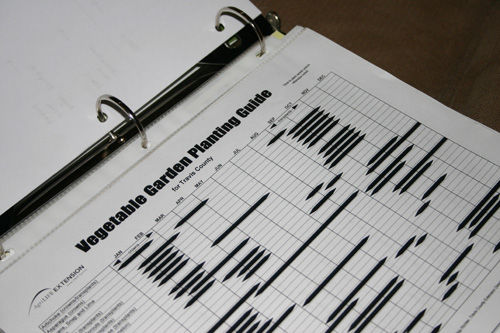
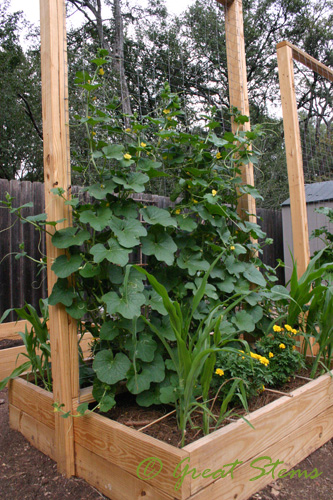
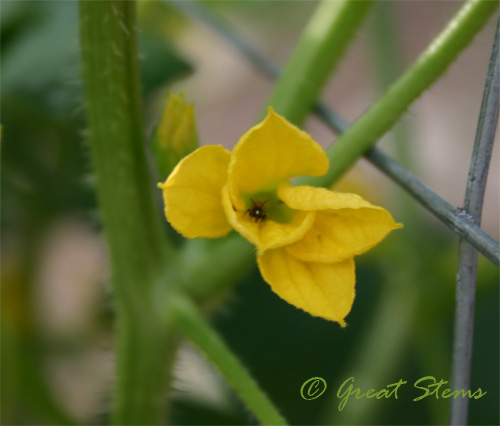
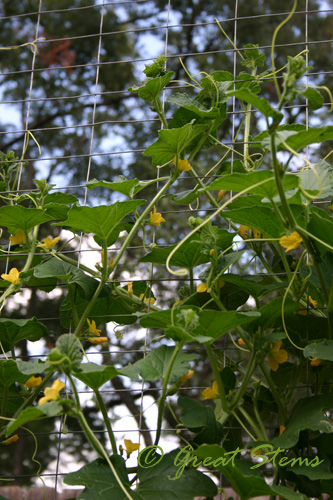
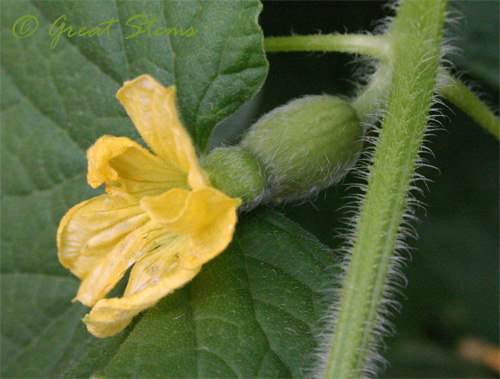
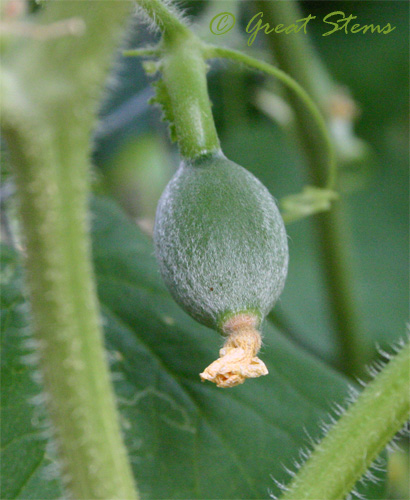 And another one!
And another one!